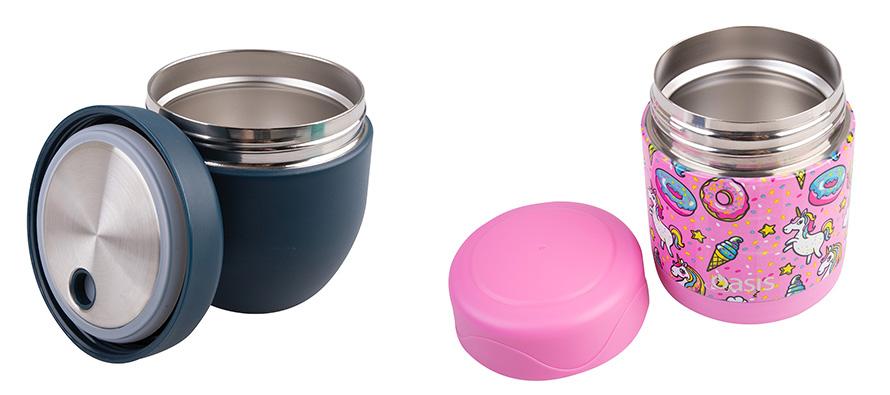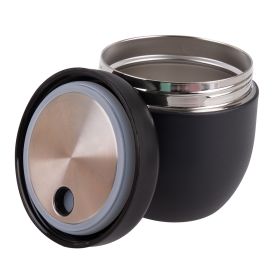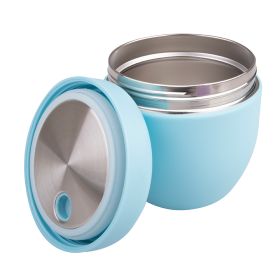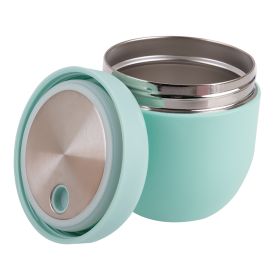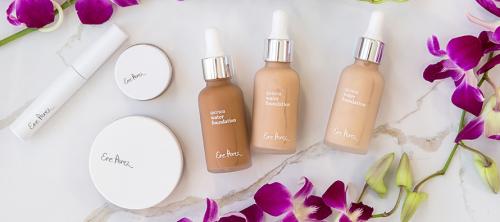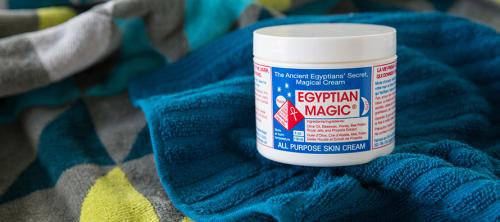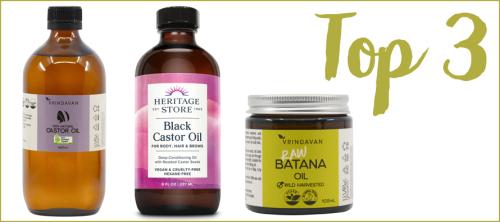How long will food stay hot in my Insulated Food Jar?
Whether you call it a food flask or an insulated food jar, these are a food storage vessel designed to keep the outside temperature at bay. If you're storing hot food, then your insulated food jar will keep your food hotter for longer, or if you're using it for cold food, like an insulated water bottle, it will keep your food colder for longer. This doesn't happen by magic though, careful thought on the size of your food flask, what you choose to put in it and how you prepare your insulated food jar before you fill it all play a deciding factor on how effective they are.
Regardless of the brand you choose, follow our guidelines and you won't go wrong.
How do I get maximum heat retention from my insulated food jar?
All food flasks have an advertised insulation period of 'up to X hours'. The reason they're advertised as 'UP TO' and not a guaranteed time period is the performance can be greatly varied depending on how you use it and what you're storing in it.
To get the best performance from any insulated food jar it is important that you:-
ONE - Preheat it with boiling water before putting your food in
TWO - Choose the right sized food flask. If you're only half filling it, it won't work as well. Do your best to fill it when you use it.
THREE - Be mindful that gaps in your food will make the insulation less effective. A soup or wet casserole will stay hotter for longer than a piece of leftover chicken and some baked vegetables.
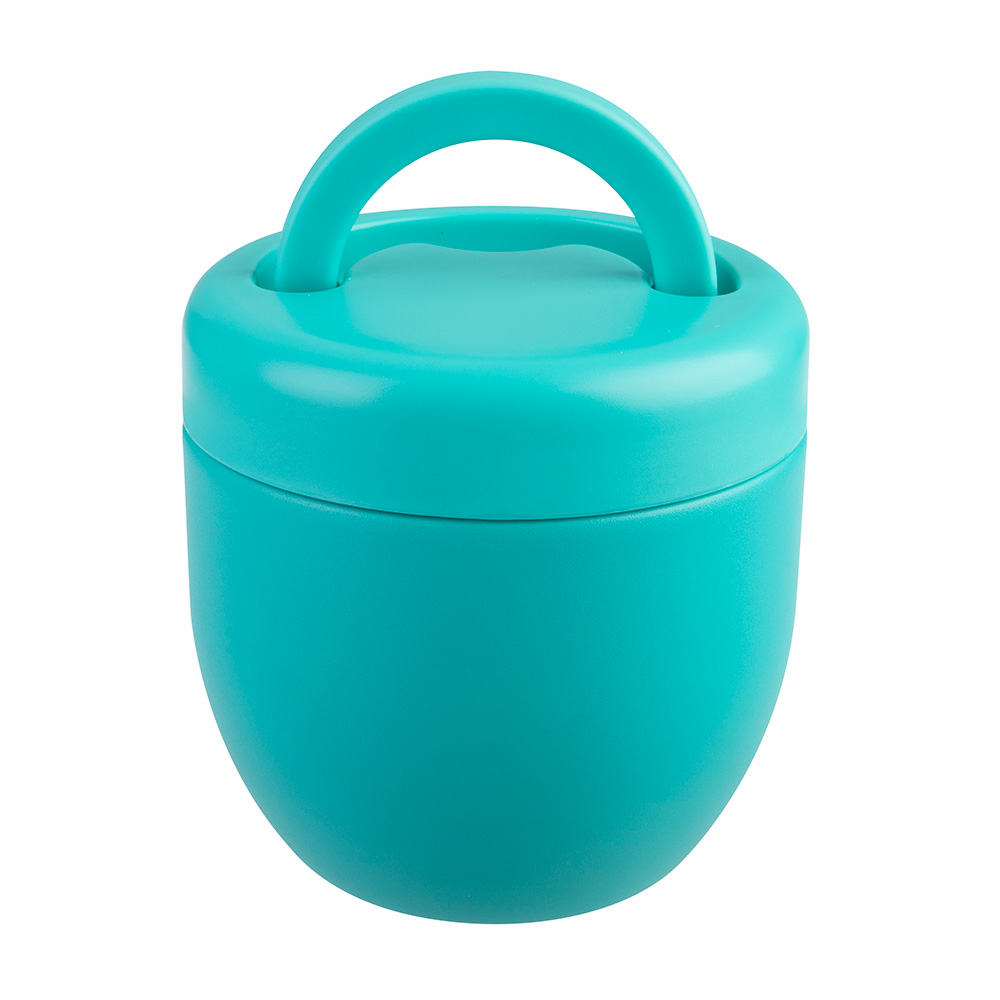
What kind of heat retention will I get from a food flask that has been prepared properly?
For whatever your advertised period is, if you preheat, completely fill and then don't remove the lid during the period of time, you can expect to hold around 50% of your original heat by the end of the advertised time frame, as long as your original heat was up around the 85-90°C mark. So, for a food jar that was full of hot soup and preheated with a time rating of up to 4 hours, you can expect your soup should still be around 45°C after you remove the lid at the 4 hour mark.
You will find some food flasks will perform better than this, but it's a good guide. The wider the lid, the more heat will escape from it too, so be mindful about the size. We used to sell an insulated food flask from Lunchbots that had a very wide lid. It was great to eat from because the container was like a bowl, but the lid was hard to get off, had no valve to release steam, and the lid lost too much heat. They were redesigned, but the Lunchbots Wide Thermal still exists in the USA, so be mindful with any food jar that has a wide lid.
What will reduce the duration of the insulation period?
Some of these are just inevitable as you use the food flask. Others are more to do with lazy prep. There are quite a few things that will reduce the effectiveness of an insulated food jar or flask. Some of the more common actions are:-
ONE - Not preheating the flask for long enough with boiling water. Give it at least 5 minutes, longer if you can, but not so long that it gets cold again. Do it with the lid on.
TWO - Not placing the lid on straight away once you're preheated and your hot food is inside
THREE - Removing the lid during the time period. If you take the lid off, eat a small amount and then put the lid back on for later, you have now let heat out and now the insulated food jar isn't full anymore. You're going to shorten the insulation period, so be mindful of this if you're going to 'graze'.
FOUR - Not filling the flask (always buy a small flask for small amounts of food where possible). The last one in particular is really important. If you have a 500ml flask and only have 100ml of hot food in it, the effectiveness of the insulation period is going to be significantly reduced. Make yourself a large pot of tea and then pour one small cup of tea and wait 5 minutes. The tea in your cup will be virtually cold while the tea remaining in the teapot will be holding its temperature quite nicely. The same thing happens inside an insulated food flask. Since the flask doesn't generate any heat itself, it relies on heat inside the flask. When you place 100ml of hot food in to a 500ml flask, you're also placing 400ml of cold air in with it and the time period of insulation will be significantly reduced.
How can I work out if my insulated food jar is faulty?
Vacuum seal insulation is 2 layers of stainless steel with the air sucked out of the middle. It is possible for these vacuum seals to pop, rendering their insulation pretty much useless. If you drop one, you could mess up the vacuum.
If you're not sure, perform this simple test.
ONE - Boil your kettle
TWO - Fill the flask / food jar with boiling water and place the lid on
THREE - Wait 10-15 minutes (up to 30 is fine too but not necessary)
FOUR - Feel the MIDDLE of the flask on the outside. If it's cool to the touch, your flask is working as it should. If it's warm, then it's faulty. Note, they will ALWAYS be warm up the top as you get close to the thread, that's just how the double layer vacuum insulation is designed
If you food jar or flasks passes this test, it's not faulty. If you're still not getting the ideal performance out of it, read above, ensure you pre-heat the flask, ensure your food is hot when you put it in, that the container is as full as possible and you're not repeatedly removing the lid. At the end of the time period, following all these guidelines, your food should still be retaining around half the heat it was when you put it in. Sometimes it will be more. If you're not following the guidelines above, it will be less.
